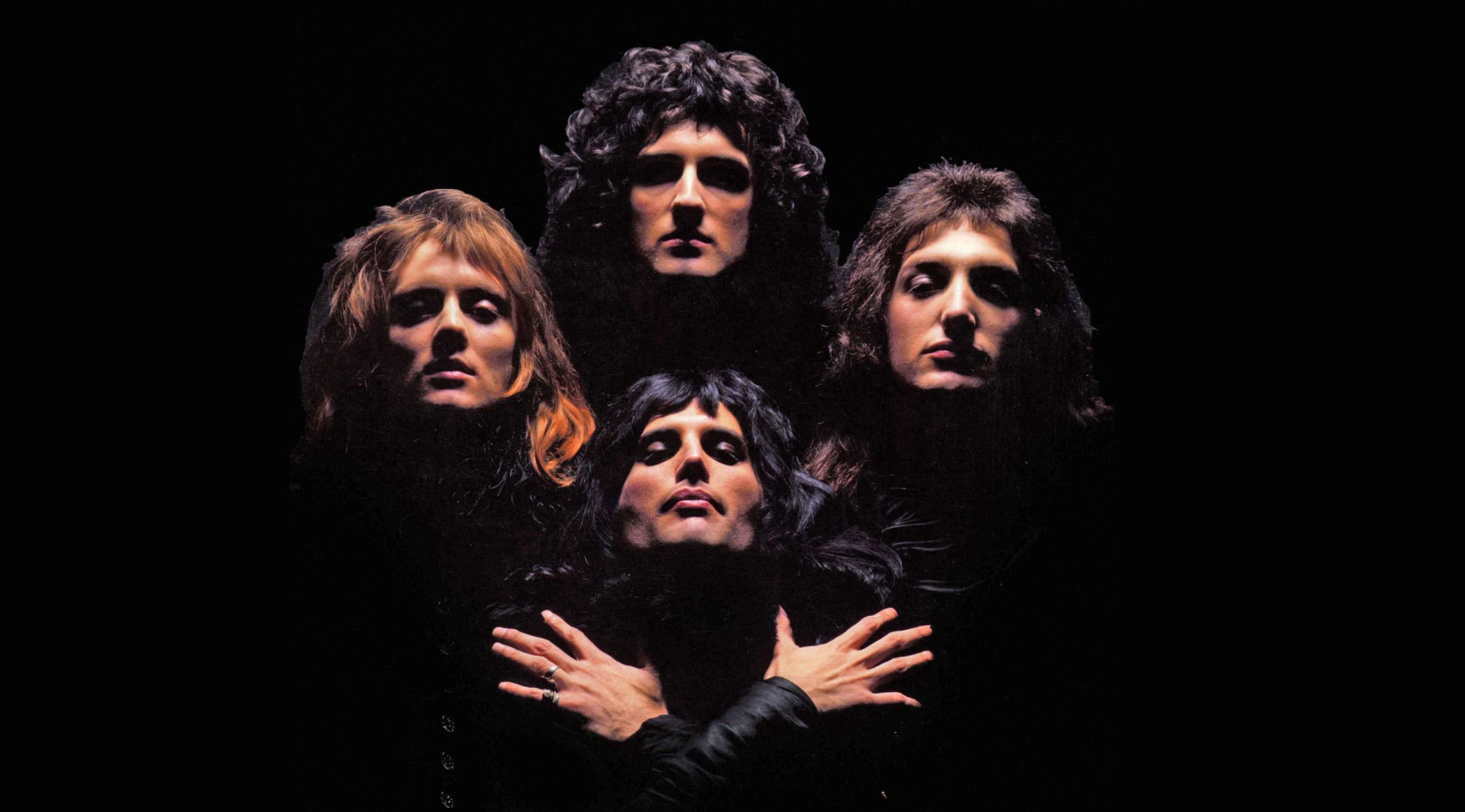
Barrie Dodd
Barrie Dodd is a camera operator with a rockstar resume. Having shot some of music’s most iconic live events, including the Freddie Mercury Tribute Concert at Wembley and the legendary Queen music video for “Bohemian Rhapsody,” His career behind the lens has spanned decades and left a lasting impact on music history.
They say that behind every great performance is a great camera operator, and that’s certainly the case with Emmy award-winning camera operator Barrie Dodd (GTC). With a career spanning over several decades, Barrie has been behind the lens for live events such as the Freddie Mercury Tribute Concert at Wembley and the London 2012 Olympics, to name just two. But one of his most memorable shoots was the legendary music video for Queen’s “Bohemian Rhapsody.”
“A Day at the Studio” – Making “Bohemian Rhapsody”
Location: Elstree Studios, Hertfordshire, England, November 10, 1975. On this date, the legendary rock band Queen recorded the epic video for their hit song “Bohemian Rhapsody,” a project that would become one of the most influential music videos of the 20th century.
As Queen was busy rehearsing for their tour, the band’s management realised they needed to create a music video for the song to play on “Top of the Pops.”
GTC camera operator Barrie Dodd and the Trillion camera team were called upon to bring the vision of director Bruce Gowers to life. Barrie recalls the experience, “We were privileged to work on Bohemian Rhapsody. Our team was Dave Swan, senior operator, a chap called Rocket, Dave Barber, Mike Fitch, and me.”
The shoot was a complex and ambitious project; the song was six minutes long and considered too long for a music video – three minutes was the typical length for “Top of the Pops”. However, with the help of Barrie and the Trillion team, the “Bohemian Rhapsody” music video, shot in just three hours, was a visual masterpiece. It helped the band achieve their first US Top 10 hit and a No. 1 in the UK for a record nine consecutive weeks.
“You’re my best Lens” – The Iconic Four Faces Shot
One of the more memorable and technically challenging shots in the video was the famous four faces split on screen. Barrie explains how the team got hold of a multi-facet prism lens to make it happen, “Bruce and Freddie Mercury wanted to set up this shot on the side of the stage with the faces of Freddie, Brian May, John Deacon and Roger Taylor. They asked if we could get out a special effects lens, in the end we got one from ITV. John Henshaw had a wooden frame that it goes in, but the frame didn’t work, and time was rushing on. So, we just held the prism in front of the lens, and someone shouted ‘go’ and that was that shot. We just held it there and hoped that it worked.”

The famous prism lens used to shoot Bohemian Rhapsody.
“Under Pressure” – Operating in Live Broadcast Environments
Operating at live music events is a high-pressure, but incredibly rewarding experience for Barrie. He explains, “A camera operator is a very privileged position to be in. You are on a one-to-one with the artist and the audience. For just that moment in time, you’re almost them and it’s a strange but very humbling experience. And, when you see some of the shots in the audience, half the time as you’re with them, you can see the energy coming out and what fun they’re having. It’s an incredible job to be part of it.”

Credit: Queen’s Management.
“Friends will be friends” – The Thrills of Multi-Camera Operating
Multi-camera operating requires skilled coordination and teamwork, as Barrie explains, there is some synchronicity between the camera operators and the band: “There is a parallel between us all,” he says. “As a camera operator, you’re observing all the time what’s happening. In fact, half the time, good camera work is relating one artist to another. The look from a drummer to a guitarist at a certain moment, it might only be a tiny moment, but you give the viewer the impression of what’s happening. You make them feel like they’re with them. “We look at each other a lot, and on our control systems, we have a button to watch the output of the other cameras. It’s very useful because not only can you see what they’re doing, you don’t all want to end up in the same shot.”
For Barrie, a successful shoot all comes down to teamwork. “You’re working with these incredible people all around you and everybody’s bouncing off each other. They’re all going towards one thing, the music production. That must be the end-result. That’s got to be right. And, when Freddie was happy, everybody was happy.”
“Don’t stop me now”: The Legacy of “Bohemian Rhapsody”
“Bohemian Rhapsody” remains one of the most beloved songs in rock history, and its influence on the music industry is undeniable. Inducted into the Grammy Hall of Fame in 2004, Rolling Stone readers named Freddie Mercury’s vocal performance as the best in rock history. The legendary Live Aid performance of “Bohemian Rhapsody” in 1985 solidified its place as a timeless classic.
Barrie’s experience shooting the legendary “Bohemian Rhapsody” music video is a testament to the power of teamwork and coordination in live broadcast environments. As a camera operator, he has captured some of the most unforgettable moments in rock and roll and, in a shining example of the art of multi-camera operating, one of the most iconic moments in music history.
Special thanks to Barrie Dodd, The Guild of Television Camera Operators, Paul Cook Films & Queen’s management team.

Credit: Queen’s Management.



